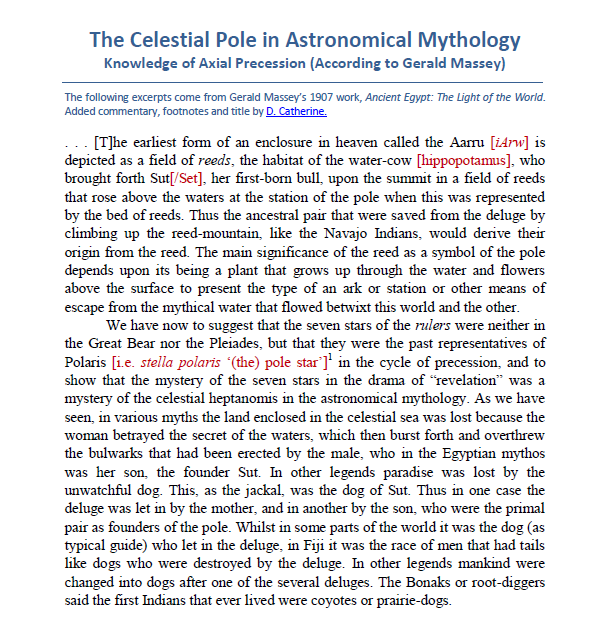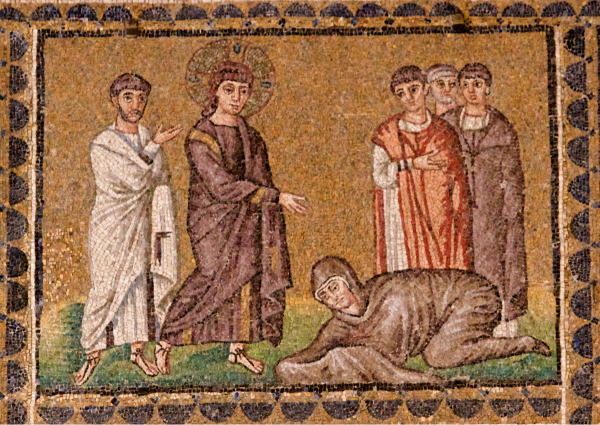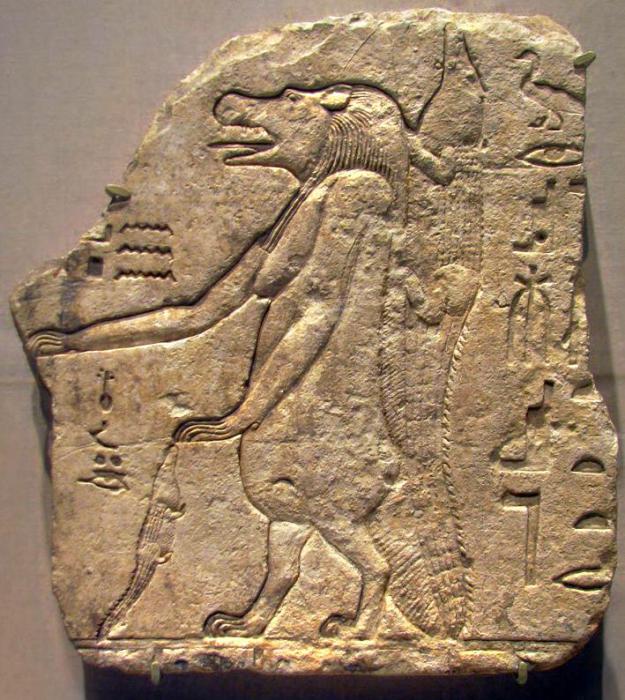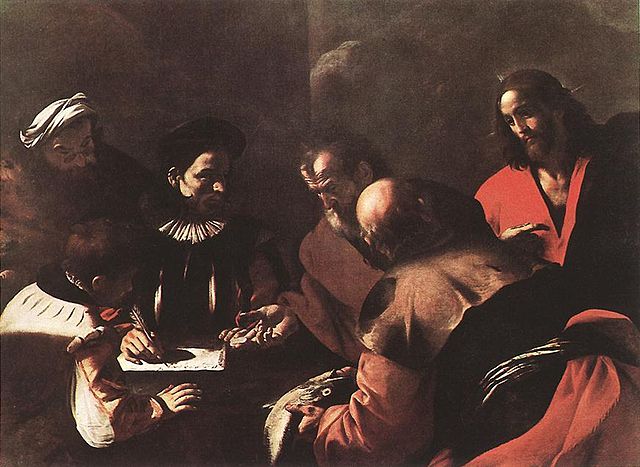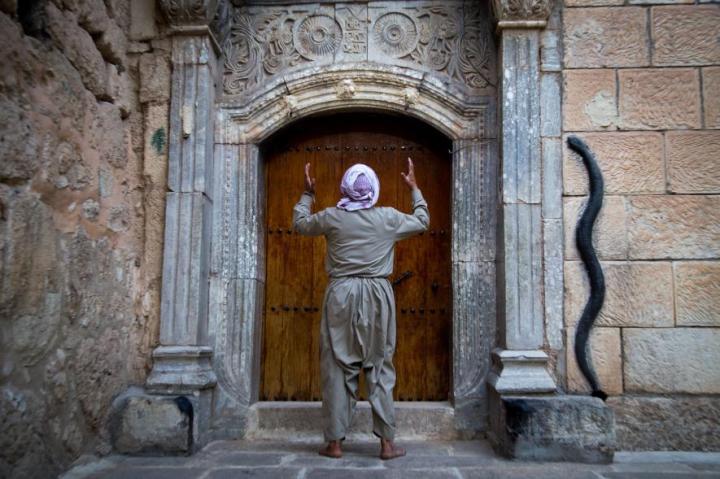
In the Rig Veda (i: 64.20) we read:
Two birds, associated together and companions, take refuge in the same tree; one of them eats the sweet fig; the other abstaining from food, merely looks on.
The story is later repeated in the Mundaka Upanishad (3.1):
Two friends with beautiful wings, closely entwined, embracing one and the same tree; one eats its sweet fruits; the other does not eat, but looks on.
The 15th century saint and mystic poet Kabir (trans. Rabindranath Tagore) expands on the story, referring to the one bird as “Guru” and the other as “disciple”:
There is a strange tree, which stands without roots and bears fruits without blossoming;
It has no branches and no leaves, it is lotus all over.
Two birds sing there; one is the Guru, and the other the disciple:
The disciple chooses the manifold fruits of life and tastes them, and the Guru beholds him in joy.
What Kabîr says is hard to understand: ‘The bird is beyond seeking, yet it is most clearly visible. The Formless is in the midst of all forms. I sing the glory of forms’.
Popular interpretation identifies the two birds respectively as Jiva (the conditioned self, which is individual, relative and temporal) and Atman (the Unconditioned Self, which is universal, absolute and eternal) – alternatively termed and differentiated as Jiva-Atman (the anima self) and Param-Atman (the Universal Self). At first I interpreted the tree as the Tree of Creation or the World Tree as Axis Mundi, although that would surely entail a plethora of birds as individual souls, not only one? For this reason the tree as the human body initially made more sense. However, if the story is appealing to the individual soul and its particular relation to universal Atman, then, when read from the personal perspective of the individual soul, the Cosmic Tree would also make sense – especially with regards to the eating of the “sweet fruits” which Kabir refers to as “the manifold fruits of life”, suggesting a more encompassing cosmic reach than simply the body. In the Rig Veda (x: 31.7, x: 81.4) a question is asked: “What was the Wood, and what the Tree, of which they fashioned Heaven and Earth?” Later, the Taittiriya Brahmana (ii: 8.9.6) responds: “The Wood was Brahman, Brahman the Tree, of which they fashioned Heaven and Earth: it is my deliberate word, you knowledgeable men, that there stands Brahman, world supporting.”
Assuming the axial interpretation holds true, by way of comparative typology we find a homologue of the Cosmic Tree and the supra-celestial Sākṣin Bird in the Persian mythos of Mount Qaf and the Simurgh Bird that roosts at its lofty summit. Indeed, Henry Corbin makes this association. By way of Ishraqi exegesis, Corbin interprets the Simurgh as, variously, the divine Face, the Eternal Imām and the Universal Intellect (i.e. ʿaql al-kullī):
Sîmurgh, who has her nest in the tree Tûbâ at the summit of mount Qâf, is the divine Face showing itself and at the same time man’s own imperishable Face, the [Eternal] Imâm, the Angel of man’s being. In this face-to-face encounter the two Faces reflect and reciprocate each other … (Henry Corbin, Inside Iranian Islam: Spiritual and Philosophical Aspects, Volume II: Suhrawardî and the Persian Platonists)
No less essential for our purpose are the texts in which Philo of Alexandria calls the Nous [i.e. the Universal Intellect] the true man, the man within man. We experience this homo verus who dwells in the soul of each of us, now as an archon and king, now as a judge awarding the crown after life’s battles; on occasion he plays the part of a witness …, sometimes even of a prosecutor. Finally, mention must be made of the notion of sakshin [Witnessing] in two Upanishads. “The man in man” is also the eyewitness, looking on at, but not involved in, not sullied by the actions and inner states of the man, whether in the waking state or the dream state, in deep sleep or in ecstasy. “Two friends with beautiful wings, closely entwined, embracing one and the same tree; one eats its sweet fruits; the other does not eat, but looks on.” The sakshin is the guide; the human being contemplates it and is united with it to the degree that all his defects are effaced in it; it is the homologue of [the Hermetic] Perfect Nature, of the shahid [Witness] as the form of light […] All these texts converge toward the epiphany of the same Figure whose very diverse names reveal rather than conceal its identity: the philosopher’s Angel or Sun, Daena, Perfect Nature, personal master and suprasensory guide, Sun of the heart, etc. (Henry Corbin, The Man of Light in Iranian Sufism)
In a simplified Sufi ontology, might we find an approximate parallel of the two birds and the tree respectively in the universal Rūḥ (especially in its attributes of ash-Shahīd ‘the Witness’ and ar-Raqīb ‘the Watchful’), the individual nafs, and the metaphysical ‘axis’ of the divine Presences (al-haḍarāt al-ilāhiyyat)?
